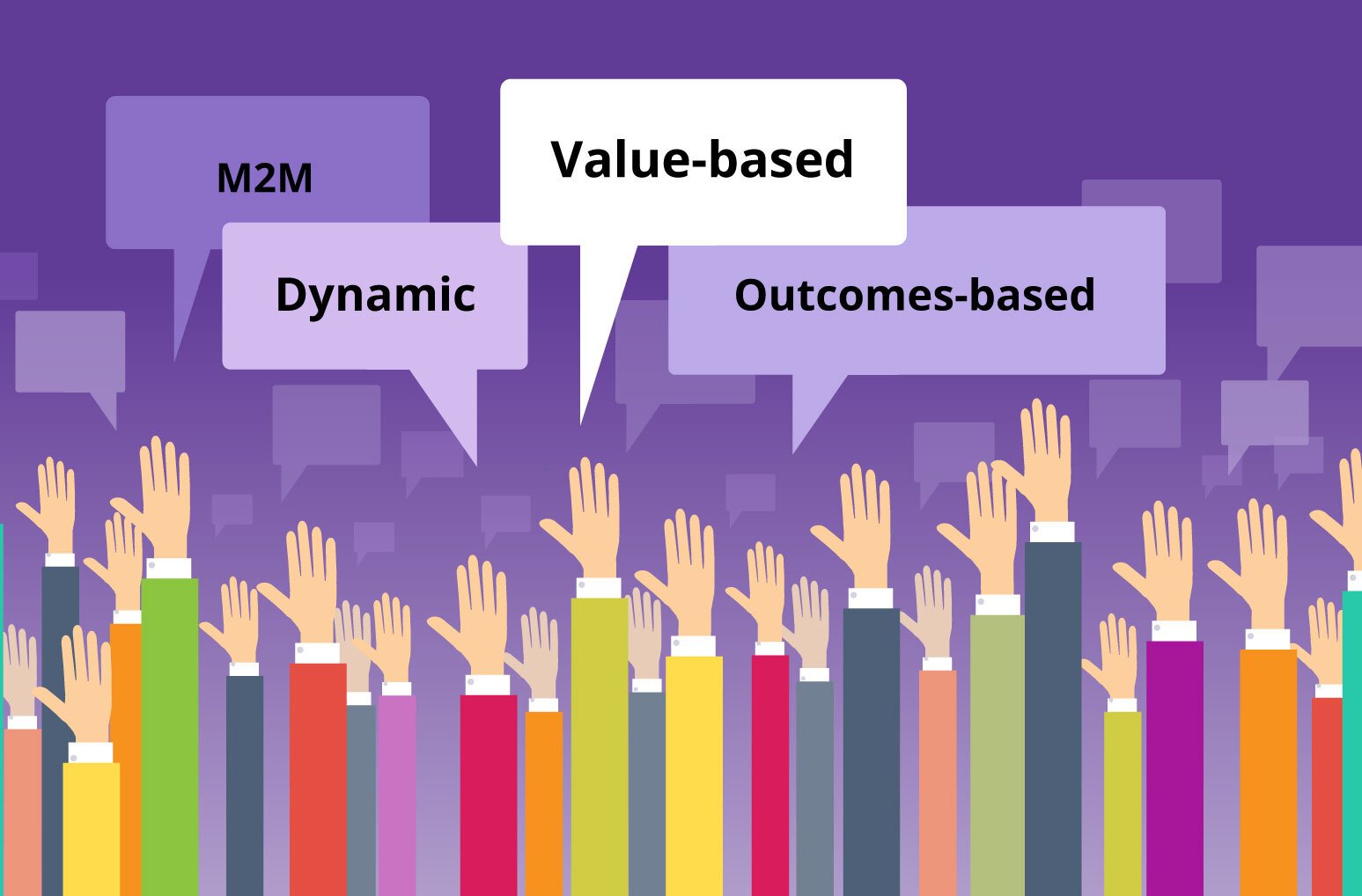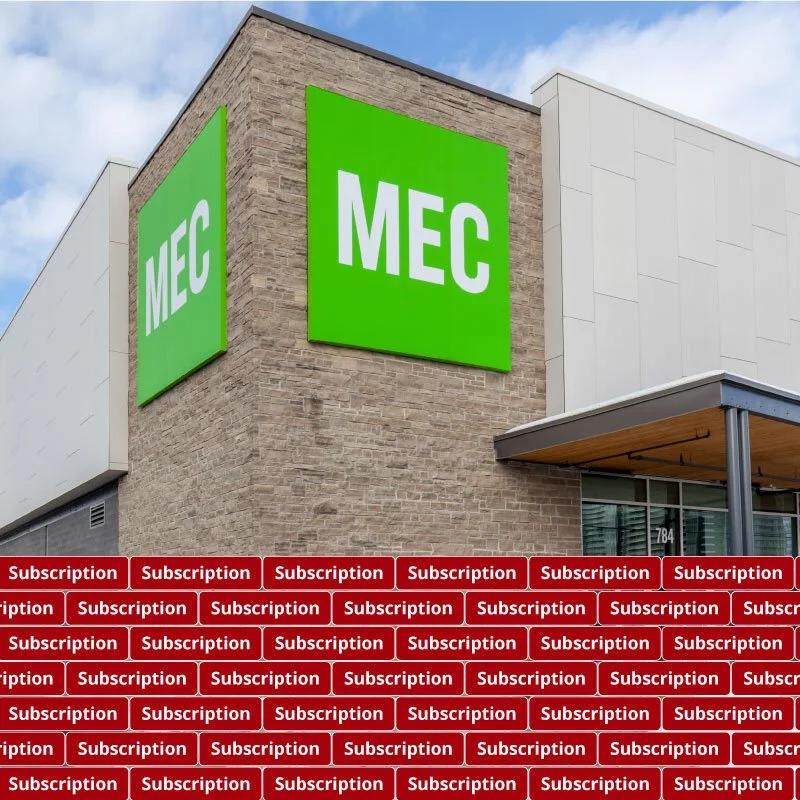THE VALUE & PRICING BLOG
The latest stories, blog articles, and pricing news from the Ibbaka team
Pricing as a design problem
Pricing is sometimes seen as a dry technical discipline, focussed on data and the optimization of price levels, discipline around discounting and tweaking of package design. This is too limited a view. We can learn about pricing processes and how to develop them by thinking about pricing as a design problem and leveraging the past three decades of work on design.
How to negotiate price (getting to positive-sum pricing)
Pricing negotiations are among the most difficult in business. If not framed in terms of value and differentiation they quickly become zero-sum games, in which what one side wins the other side loses. Poorly handled, they can even become negative-sum games, where both sides lose. How can you make sure your pricing negotiations are win-win negotiations?
Six pricing explorations for 2021
Much of the published content on pricing is meant to be either expository or persuasive. That is to say, it is meant to either explain things to you or to persuade you of a certain approach. That is true for Ibbaka as well. In 2021 we will be layering in something new - exploratory work. These are explorations of pricing and ways to frame pricing where we risk being wrong. It is through exploration that we will be able to move the pricing discipline forward.
What gets measured gets managed - How to measure your pricing
There is an old saying “what gets measured is what gets managed.” Most companies do not do a good job of managing pricing. Is that because they do not measure it? What aspects of your pricing performance should you be measuring? How will those measurements help you to manage pricing? We conclude with three critical measures you need to get started.
An overview of pricing strategy
Pricing strategy is critical to commercial excellence. Without a pricing strategy pricing drifts into throw it at the wall pricing and becomes a frozen accident. What are the key aspects of pricing strategy? This post gives you a concrete introduction. It is a great place to get started.
How not to price - the two most common approaches to pricing
It is often said that cost-based pricing is the most common pricing methodology. I fact the two most common approaches to pricing are ‘throw it at the wall and see what sticks’ and the ‘frozen accident.’ Here is how to recognize these two pricing anti patterns and what to do when you find them.
How to plan your 2021 pricing strategy
2021 is just around the corner. Here are the three critical things to do to plan you pricing strategy for next year., and a tool to help you with your planning.
The future of pricing - results from a quick poll
There is a lot of noise in the pricing world about how pricing will evolve over the coming years. Some say dynamic pricing will dominate. Others remain focussed on value-based pricing. There is more and more discussion of outcomes or results based pricing. Other people have already begun to speculate about machine-to-machine pricing. People in the Professional Pricing Society’s LinkedIn Group and in the Coalition for the Advancement of Pricing have shared their thoughts. We summarize these here and provide some additional structure.
Strategic Choice Cascade for Pricing - Ibbaka Talent Case Study
Ibbaka recently shared a template to help you define your strategic choice cascade for pricing. Here is a case study on how we apply this strategic choice cascade to Ibbaka Talent. We hope this will help you in defining your own strategic choice cascade for pricing.
From Value Networks to Systems Thinking: System Dynamics Modeling and Pricing
Guest post by Fabian Szulanski in which the connections between value networks and systems thinking are explored. Systems models can be quantified and the feedback loops made explicit, which makes system models a better approach to investigating the impacts of interventions and different pricing tactics.
Your pricing model needs a value model
Most companies have moved from having a price to having a pricing model. This is a necessary step towards the next generation of pricing excellence. But a pricing model without a value model is adrift. It does not help align the value to customer (V2C) to the price. It is only half the story. Effective pricing strategy requires that we connect a value model to a pricing model.
A simple template to apply Roger Martin's strategic choice cascade to pricing
The key to pricing is to connect strategy to execution. One of the best ways to do this is to use Roger Martin’s strategic choice cascade. Ibbaka uses this regularly with our clients and it helps build alignment across the organization. This is a template that you can download to guide you in your strategic choices.
Would subscription pricing have helped to save the Mountain Equipment Co-op (MEC)?
Mountain Equipment Co-op (MEC) was an important part of how Vancouver imagined itself. It failed in September 2020 and was sold to private equity. Could a subscription model have saved the co-op, forcing it to pay less attention to growth and more attention to its members?
How to price for SaaS transformation
The migration of licensed pricing models to subscription of SaaS pricing models continues. Many companies are asking how to migrate to the cloud and subscription models while protecting their established businesses. Begin with value-based market segmentation and then choose a pricing metric that tracks the value metric and differentiates from the licensed pricing.
How to price new functionality
To thrive, to even survive, one must continually deliver new functionality to the market. For this to be sustainable, there has to be a return on the new functionality. It needs to be priced. In this post we explain how to price new functionality.
Trust is the key to value-based pricing
Value-based pricing is widely recognized as the most effective way to price a differentiated offer and is currently the reigning champion for B2B pricing. Why do so many companies struggle to implement value-based pricing/ There are many reasons, ranging from a lack of understanding of the basic concept to a struggle to communicate their value differentiation. But one of the underlying causes, one that we seldom talk about, is a lack of trust. Trust is the foundation of value-based pricing.
How to price ... Ibbaka guides to value-based pricing decisions and tools
Ibbaka is sharing a comprehensive set of value-based pricing decision guides and tools that you can use in your product and services management, marketing and sales and customer success work. Build your business on the value you deliver to your customers (V2C or Value to Customer). Let us know what pricing decisions you need to make and what tools will be of most value to you.
How to price customer success - what is your monetization strategy?
Customer success has emerged as the foundational discipline in the subscription economy. Delivering on its promise requires significant investments, and management teams sometimes struggle to understand and justify these investments. On the other hand, customers can balk at being asked to pay to achieve what has been promised to them. Here is a guide to how you should think through pricing customer success.
How to use indexed pricing as the economy recovers from the pandemic
The economy will emerge from the pandemic at different times and speeds depending on sector and geography. This will be a tactical challenge for most pricing experts and it will be easy to make mistakes and get your timing wrong. A solution is indexed pricing. Demonstrate that you understand your customer’s business by usinng indexed pricing.
Post Covid 19 we will all need to be strategic pricers -scenario planning is the key to understanding shifting patterns in willingness to pay
In The Strategy and Tactics of Pricing Sixth Edition, Tom Nagle and Georg Muller say “One of the major differences between tactical and strategic pricing is that tactical pricing assumes that price sensitivity is a constant.” Covid 19 has proven this assumption dramatically wrong. We all need to think strategically about pricing. Connecting pricing to scenario planning is critical to this. This is how you will find the leverage needed to shape willingness to pay.
Never miss an update
Subscribe to the Value & Pricing Newsletter to get insights that help you supercharge your growth.




























